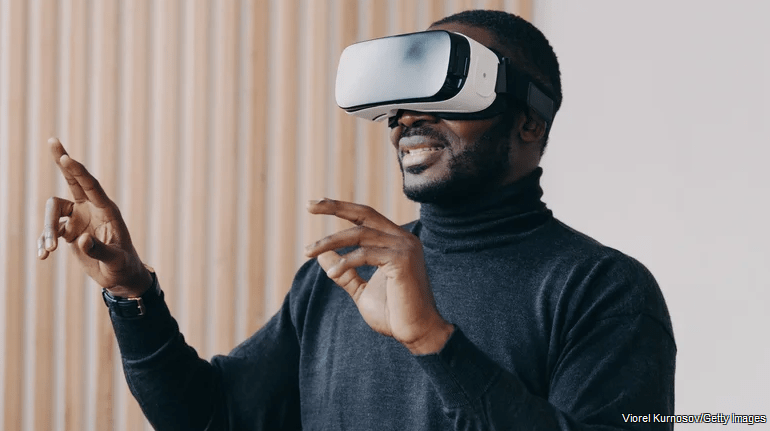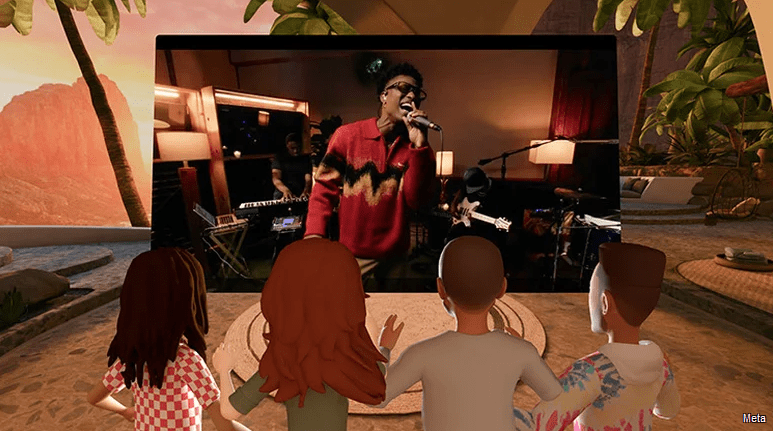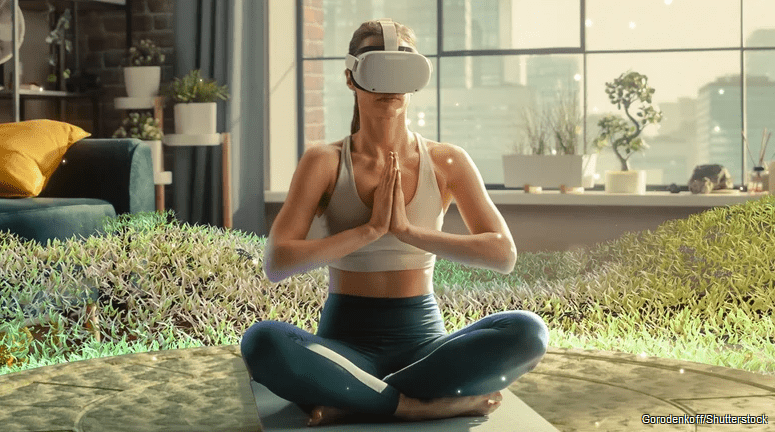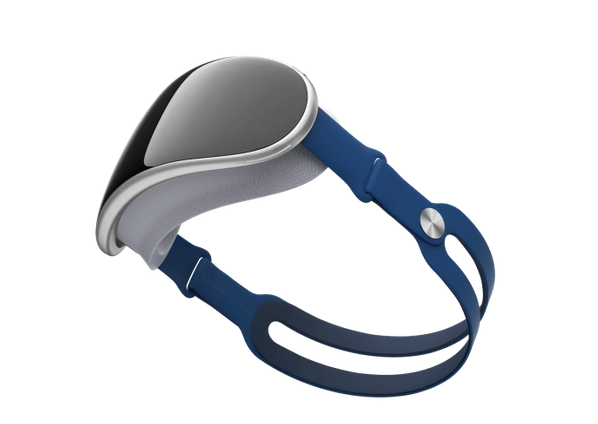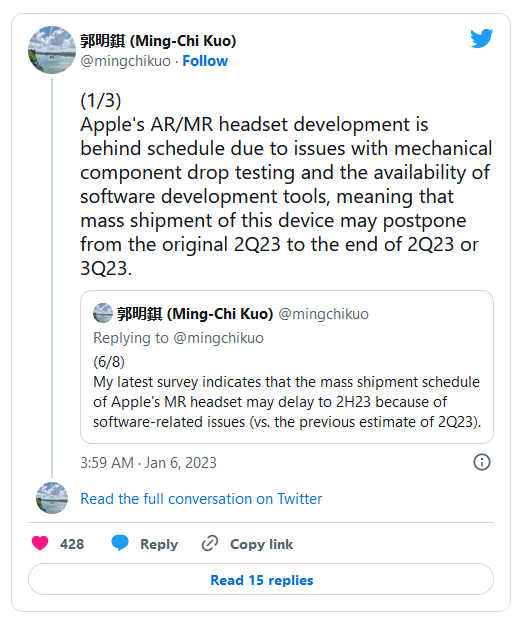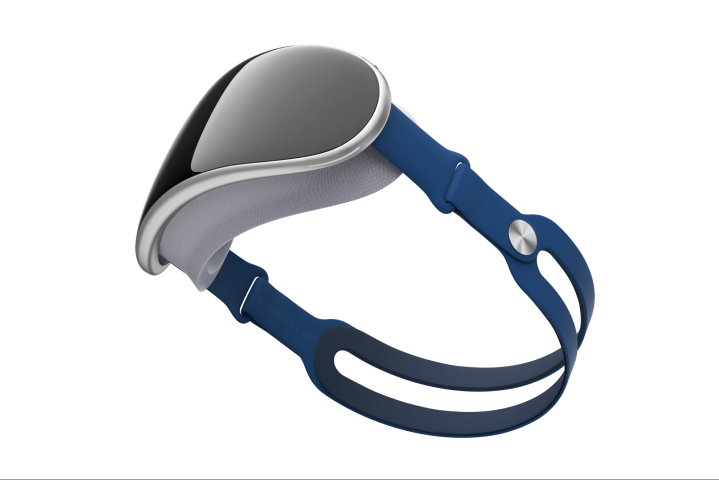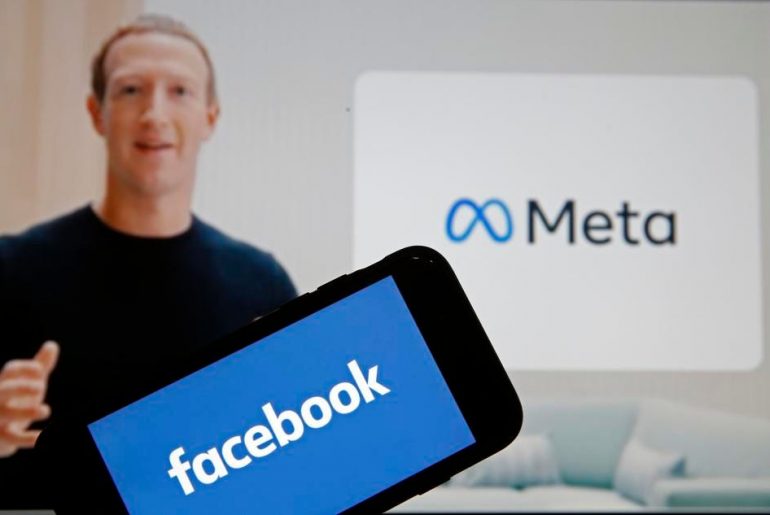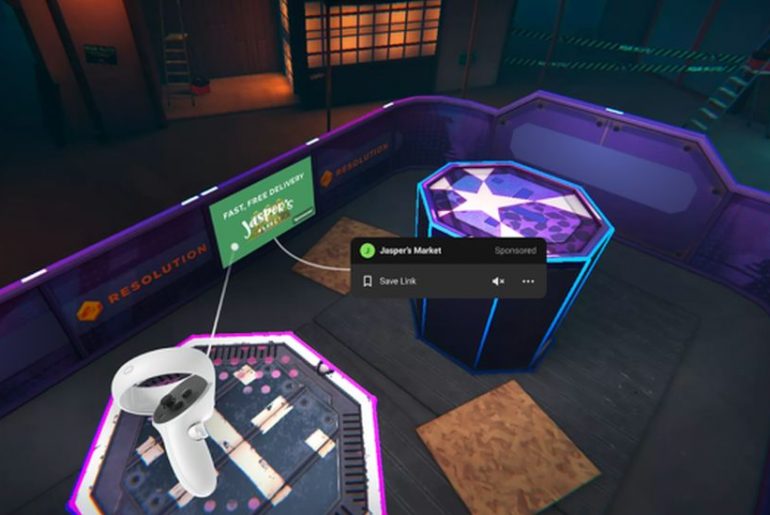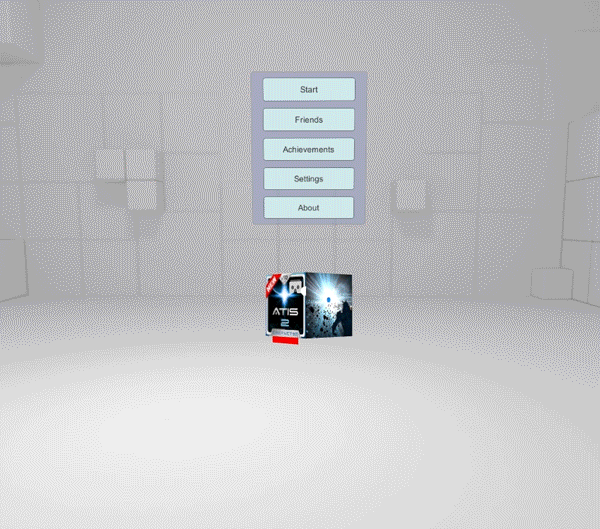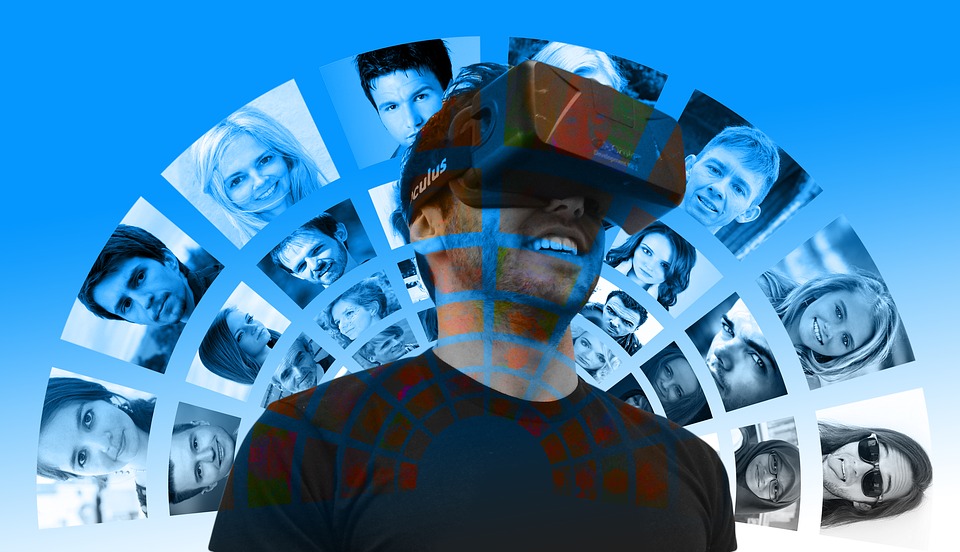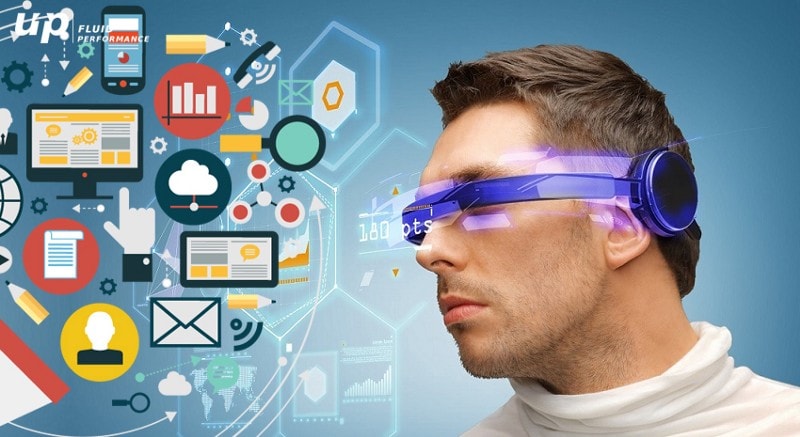By Daniel Trock
Strange as it is to think, we are definitively living in an era of virtual reality, or at least the beginning of one.
Only a few decades ago, this was strictly in the realm of science fiction, yet nowadays, anyone anywhere can buy a VR headset and enter a world apart from our own. We’re not quite in “Ready Player One” territory yet, but creative minds have already managed to cook up all sorts of cool applications for this burgeoning technology.
When thinking about uses for virtual reality, most ideas are business-oriented, such as creating walkable virtual stores, product catalogues, and video games. However, not all usage of virtual reality needs to be profit-seeking. Instead, you can use virtual reality for self-development, hang with friends, or tackle tedious tasks. If you’re at home and have a headset and some time to kill, you can use your VR setup for all kinds of nifty things, controlling your virtual world and experiencing fantastical sights.
Interior design
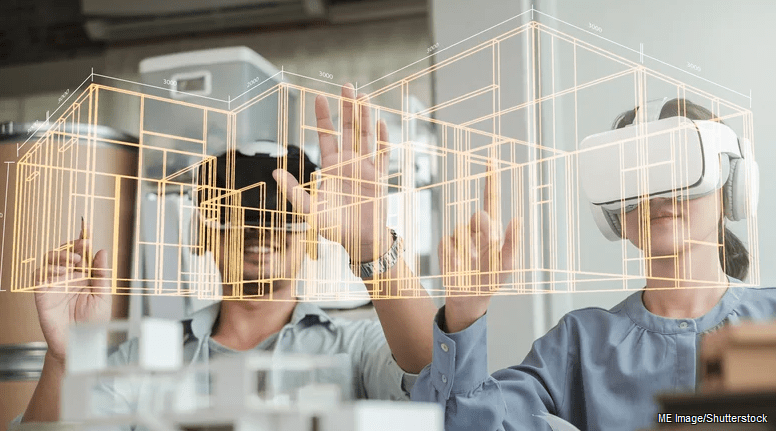 Designing a home is an incredibly arduous process due to various physical and logistical limitations. Your only real options are to stare at a house’s blueprints and try to abstract the placement of furniture and decorations in your head. Worse, physically lug everything through the front door and pray it all fits in the available dimensions, which it usually doesn’t. If only you could freely experiment with the layout of your home the same way you can arrange buildings in a strategy game. With VR, it is possible.
Designing a home is an incredibly arduous process due to various physical and logistical limitations. Your only real options are to stare at a house’s blueprints and try to abstract the placement of furniture and decorations in your head. Worse, physically lug everything through the front door and pray it all fits in the available dimensions, which it usually doesn’t. If only you could freely experiment with the layout of your home the same way you can arrange buildings in a strategy game. With VR, it is possible.
Real estate companies have been using VR for a few years now to create virtual mockups of homes on the market to take prospective buyers on virtual tours. However, this technology isn’t owned by the real estate industry. Anyone can download apps like Live Home 3D to create a home from scratch and fill it with virtual furniture, freely manipulating sizes and placements without all the back-breaking labour. Whether you’re designing your dream home or just spit balling on how to make your apartment a little nicer, you can flex your imagination to its limits.
Touring the world

They say that traveling is good for your mind and soul, as it broadens your perspective of the world and exposes you to cultures outside your own. This is mostly true, with one caveat: The world’s destinations are lovely, but the actual act of traveling, including putting up with airlines and booking hotels, can be stressful, not to mention potentially expensive. Not everyone can be bothered with long-distance traveling, so if you’d like an easier travel itinerary, try strapping on a VR headset.
Through virtual reality apps like Wander and BRINK Traveller, you can explore some of the world’s most breath-taking vistas from the comfort of your home. While it’s not quite the same as being in the thick of it, it’s a great way to get a taste of the wider world, see the sights, and do a bit of people-watching. You could also consider it a preview of sorts for a prospective real trip, helping you to select a destination you’d like to know more about.
Outfit coordination
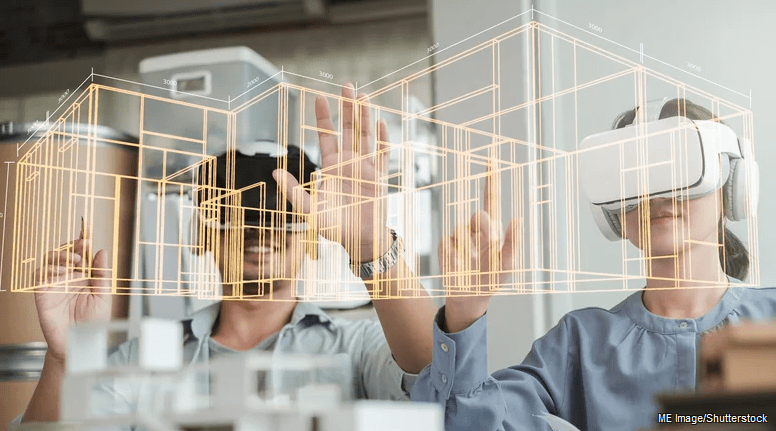
Shopping has never been more convenient than now, as massive online catalogues give you access to just about any clothing or accessories you could want. Of course, seeing a picture of a cool shirt or fancy dress isn’t quite the same thing as actually wearing it, and once you receive it, it may not look as flattering as you had hoped. If you enjoy shopping for clothes at home, you can improve your experience with virtual assistance.
Thanks to advancements in virtual imaging, certain apps and storefronts can simulate the appearance of clothes on your person in a virtual view with a combination of VR and AR tech. With this technology, you can try on various outfits and styles to find what works for you and what doesn’t. Even if you’re not planning on buying anything, you can try stuff on for the fun of it. It’s like the next step up from window shopping!
Viewing parties
As the world grows metaphorically smaller, it’s become easier to maintain friendships and relationships from anywhere in the world. Since you’re not physically next to each other, though, there are some social activities you can’t do together, such as enjoying a movie in each other’s company. While there are apps for sharing Netflix views, for instance, it’s more fun to have someone next to you that you can turn to whisper at. If you want that kind of experience, VR can provide it.
Through the built-in software on Meta Quest heads and virtual ecosystems like VRChat, you can organize virtual viewing parties with movies showing on a big screen while you and your friends enjoy the show from theatre seats. It’s all the fun of going to the movies with your friends without the chattering randos or sticky floors, plus you’re in complete control of the movie playlist.
Meditation and therapy
The ideas of meditation and mindfulness may seem antithetical to the flash and noise of modern technology. Still, depending on your perspective, they can intersect quite well with one another. If your home life is a little too rowdy for your taste, a VR headset, perhaps paired with noise-cancelling headphones, can make for an excellent getaway. With apps like Innerworld and Hoame, you can transport yourself to a faraway mountaintop or serene spring, surrounded by natural sounds as you enjoy meditative peace.
Additionally, if you’re looking to conquer a particular aspect of yourself, VR can provide a safe environment to do so. If you have a fear of heights, for example, you can simulate various high-elevation environments for exposure therapy without actually putting yourself in physical danger. It’s a great way to start a personal journey of self-improvement and discovery and make the gradual transition to real-life environments a little easier on you.
Feature Image Credit: Viorel Kurnosov/Getty Images

